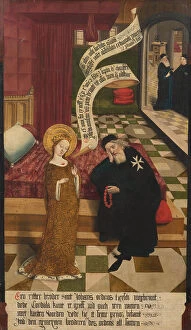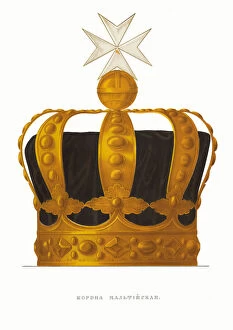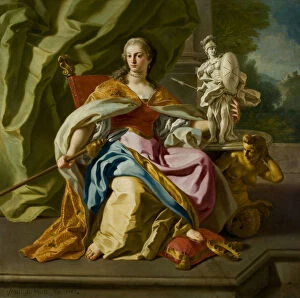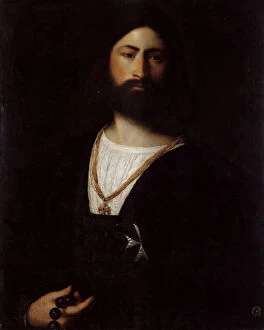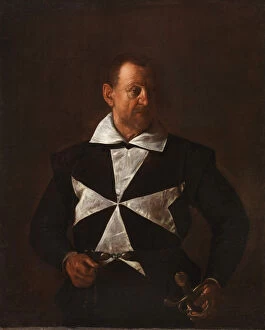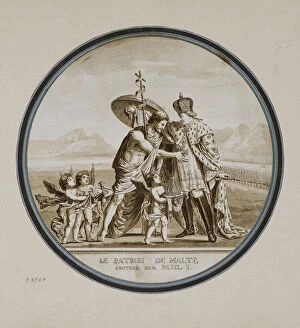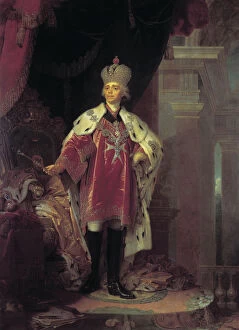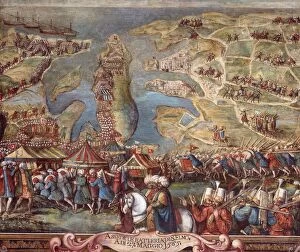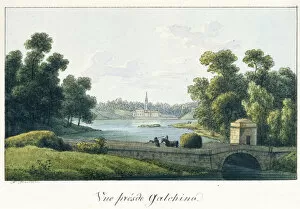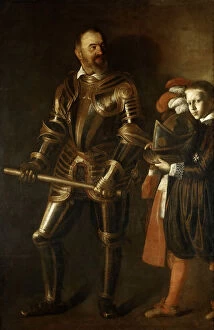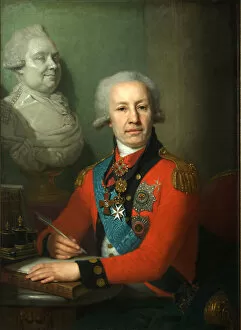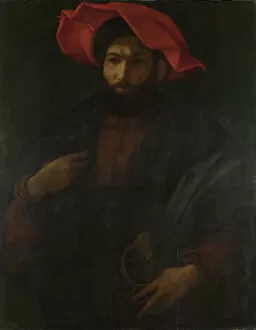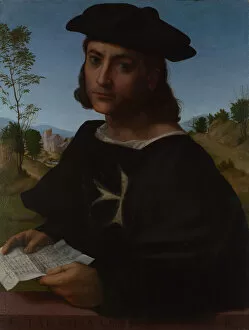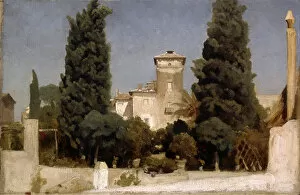Amalfi Cross Collection
The Amalfi Cross: A Symbol of Nobility and Chivalry Throughout history, the Amalfi Cross has been a powerful emblem representing the noble order of Malta
For sale as Licensed Images
Choose your image, Select your licence and Download the media
The Amalfi Cross: A Symbol of Nobility and Chivalry Throughout history, the Amalfi Cross has been a powerful emblem representing the noble order of Malta. Its origins can be traced back to Tsar Paul I, who adorned himself with the Maltese crown as a mark of his regal stature. This exquisite piece was immortalized in the Antiquities of the Russian State, showcasing its intricate beauty. In an allegorical masterpiece by Francesco De Mura, we witness how this cross symbolizes the nobility of the Order of Malta. It stands as a testament to their unwavering commitment to honor and chivalry. The portrait of Fra Antonio Martelli further exemplifies this dedication, capturing his proud display as a Knight of Malta. One cannot overlook the initiation ceremony that transformed Paul I into a Grand Master of this esteemed order. Dressed in magnificent attire reminiscent of Maltese grandeur, Emperor Paul I embraced his new role with grace and dignity. The significance of this cross extends beyond ceremonial occasions; it also represents valor on battlegrounds. During the siege of Malta, Matteo Perez d'Aleccio's detailed artwork depicts knights fighting valiantly under its protective shadow – defending their sacred land against invaders. Within Gatchina's Priory Palace lies another testament to Maltese influence. The palace stood proudly before 1817, serving as a reminder that even within imperial Russia, respect for this noble order prevailed. Renowned artists like Caravaggio and Franciabigio have captured various knights throughout history wearing this iconic cross. Their portraits immortalize individuals such as Alof de Wignacourt and baron Alexei Vasilyev – both distinguished members who embodied honor and loyalty. As we delve into these historical depictions, it becomes clear that each stroke portrays not just an image but also an embodiment - an embodiment rooted in principles upheld by Knights of Malta.

